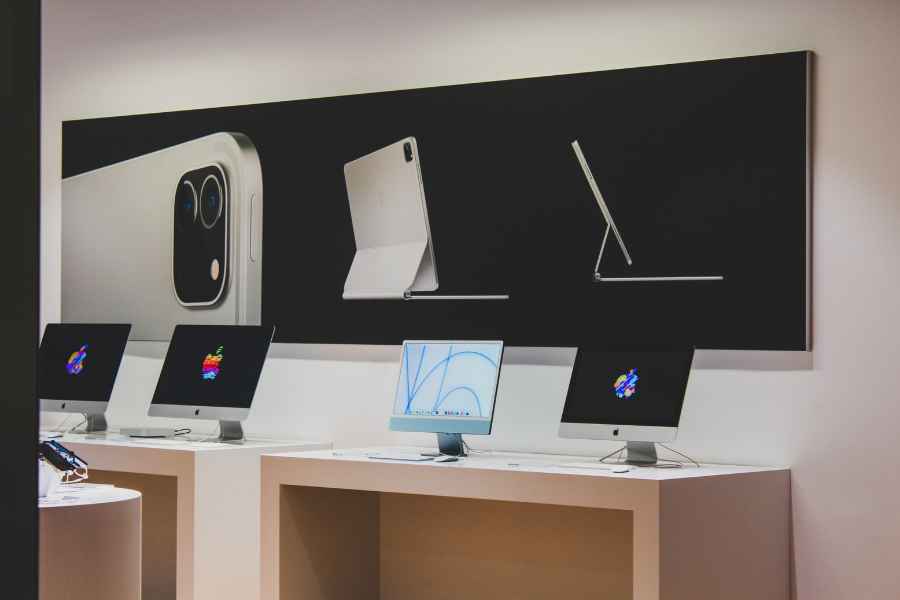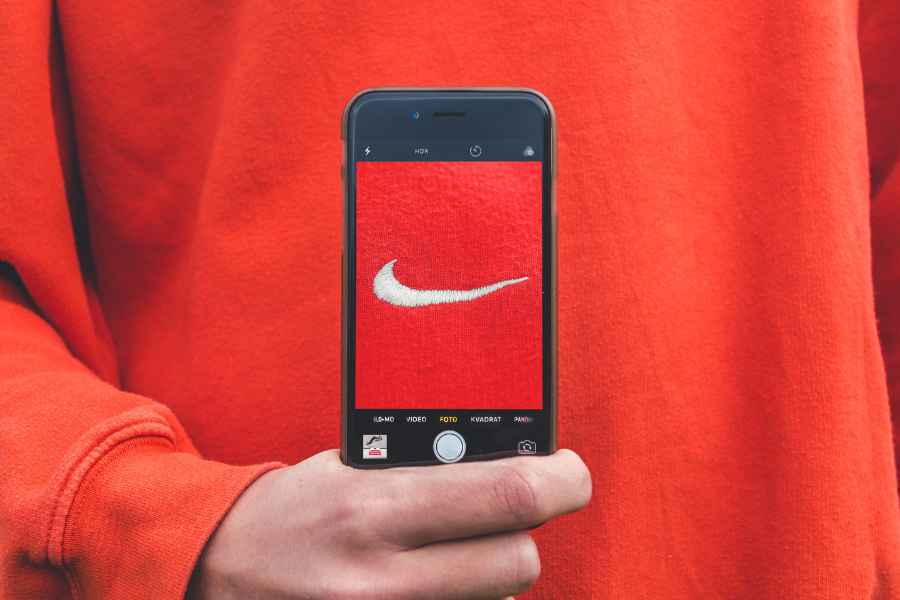By Luke Fenney
People-based marketing is a term that we hear regularly, but is often misunderstood. It’s a highly effective media buying strategy that has helped the ‘walled gardens’, including Google, Facebook, Instagram and increasingly TikTok, take a disproportionate amount of global advertiser spend in recent years.
So what is people-based marketing? A definition
People-based marketing enables brands to bring their own first party data, such offline and online CRM data, and match it with a publisher’s data so that they can deliver more effective personalized advertising. Many scaled premium publishers and broadcasters have been striving for years to match these capabilities that the walled gardens enjoy, but it’s only recently that they’re starting to see this become a reality.
People-based marketing has previously been touted by some as the sole answer to the cookie conundrum. But the reality is that no ‘silver bullet’ exists for the entire ecosystem to solve the removal of cookies. Instead, publishers need to employ an arsenal of solutions to overcome the loss of third party cookies and other signals. These include contextual targeting options, first party cookie-based audience segments, but increasingly, authenticated audiences are a vital asset to ensure they remain competitive. Authenticated audiences that power people-based marketing is a lucrative opportunity and must be considered an essential part of a publisher’s digital media toolkit moving forward.
Why should open web publishers prioritize people-based marketing?
Thanks to the ease and sophistication with which the walled gardens have enabled people-based marketing, many brands already have a solid understanding of its power. In fact, a disproportionate amount of ad spend has been diverted to the walled gardens as a result – an OpenX study found that 63% of UK ad budgets went towards logged-in environments, despite the fact that users spend more of their time on the open web.
Increasingly, however, brands have expressed strong interest in investing outside of the walled gardens. A survey conducted by LiveRamp earlier this year found that more than two thirds of UK brands are likely to increase their open web ad spend. Coupled with the rapid growth of retail media, whose people-based approach has fundamentally changed the landscape and is driving significant investment, many brands are rapidly evolving their media buying strategies to incorporate people-based marketing. So, the opportunity is there for publishers to emulate the success of digital retail media, and capture some of these growing ad budgets.
Take, for example, a major CPG brand who wants to reach all of their known “premium brand item” customers to promote a new product launch. In partnership with a leading retail media network, the CPG can identify those customers to personalize their campaign messaging. Previously, this budget would have gone straight into the social platforms via their “custom audiences” solutions, but now every publisher with authenticated audiences can take their share. This is a big win for the CPG. They’re no longer restricted to advertising on social media websites, they can run campaigns using different creative formats and ultimately reach their audience in more places than before.
With publishers facing increasing pressure to drive growth, they must focus on maximizing the value they are delivering for brands and ensure they have the tools to capture people-based marketing budgets. Those that fail to cater will continue to face revenue pressures and put at risk existing brand relationships.
How do publishers leverage people-based marketing?
An “authentication strategy” needs to be at the top of every premium publisher’s agenda in 2023. This strategy should identify the value exchange you create with your users to provide you with the data you need. While log-in is one method of authentication, there are plenty of routes that publishers can explore, such as newsletter click throughs, social media logins or commenting widgets. Every publisher is different, but every publisher has the opportunity to create a more personalized experience for their users.
Many publishers already have authenticated audiences today, but often believe they don’t have enough users that are logged-in, and thus have limited consented, first-party data to offer this type of targeting at a sufficient scale. Even if just 10% of your audience is authenticated, it’s highly likely that these are your most engaged users, and are probably generating in excess of 40% of your advertising inventory.
What are the strategies you can deploy to increase authentication? What is the value exchange you can create with your users? How will this also increase engagement of your users so that they spend more time on your site? Once a user authenticates, and provides the required consent, you have a great opportunity to increase your ad revenues whilst also improving the user experience.
A powerful tool in the publisher’s arsenal
By itself, people-based marketing is not a magic cure to the deprecation of third-party cookies. Nevertheless, while publishers must look at a range of options to maintain ad revenue, people-based marketing’s potential is not to be underestimated.
Brands across verticals are spending large amounts of budget on people-based marketing strategies and are open to exploring new relationships with partners that can offer the same authenticated, first-party data at scale. Those publishers who have already taken steps to optimize their authentication strategies, improving the value exchange with their users and leveraging addressable identity solutions, are reaping the rewards, including stronger bonds with their users and profitable partnerships with their brands.
Re-creating the success of the walled gardens before them, people-based marketing offers publishers an invaluable means of staying ahead in the privacy-centric future of digital advertising.



















